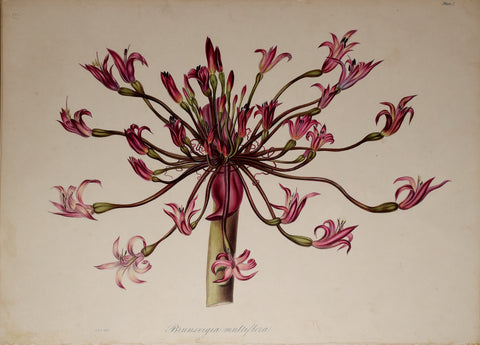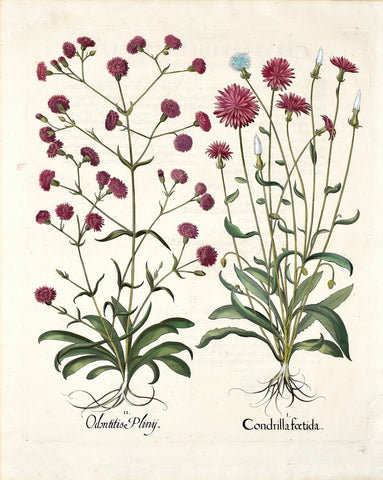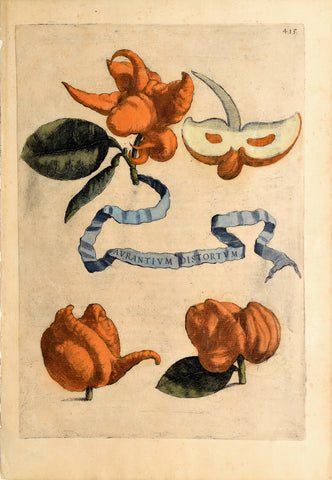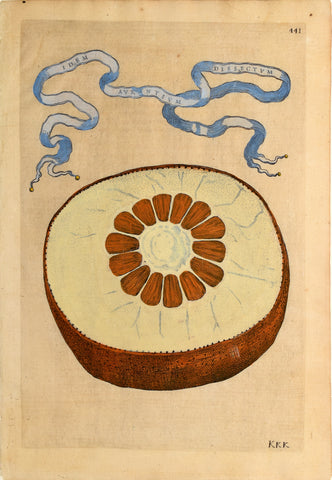
Arabella Elizabeth Roupell, Brunsvigia Multiflora
Arabella Elizabeth Roupell
Brunsvigia Multiflora
Specimens of The Flora of South Africa
Published by W. Nicol, 1849
Lithographs with original hand-coloring
Sheet size: 22 1/2 x 17 3/4 inches
Arabella Roupell (née Piggott, 1817-1914) was in many ways an unlikely star in the world of botanical illustration. When in 1843 her husband was posted to the Cape of Good Hope in his work for the East India Company, Roupell joined him. Nathaniel Wallich, then director of the Calcutta Botanical Garden, recognized the quality of her work and when Roupell and Wallich were all in London in 1846, he encouraged the artist to send her work to the first director of Kew, Sir William Jackson Hooker. With Hooker's enthusiastic response, Roupell with her brother-in-law had the drawings cut into stone by Paul Gauci, son of the great Maltese-British lithographer Massimo Gauci. William Henry Harvey, the Irish botanist better known for his work on algae, supplied the text. The large-format work was lavishly made, and it is often asserted that copies were made only for subscribers (103, subscribing for 111 copies). The list is certainly impressive, including Queen Victoria and Prince Albert, the directors of the East India Company, several titled people and, notably, a great many women (45). The work was published anonymously, but the hint at the very end of the work that the genus of the Roupellia grata (modern Strophanthus gratus) made a fitting connection to the work, along with the several Roupells (as well as Piggotts) in the subscriber's list, prevented the anonymity from sticking for long. The binding is consistent with (if not identical to) that of other known copies, and the central roundel with the title is identical, suggesting at most a small set of binders for the work. Frederick DuCane Godman (not a subscriber, 1834-1919) was a founding member of the British Ornithologists' Union, best known for his work on Central American birds, most notably the 63-volume Biologia Centrali-Americana. Laid in is a copied drawing of Microrhynchus sarmentosus, which flourishes in South Africa. The paper is watermarked 1863, so it may well be the work of a young Godman. The use of wash in particular is quite accomplished.
Arnold, South African Botanical Art 39; BM(NH) IV:1742; Mendelssohn II:254; Nissen, BBI 1687; Sitwell, Great Flower Books 134; Stafleu-Cowan 9684.
We Also Recommend





